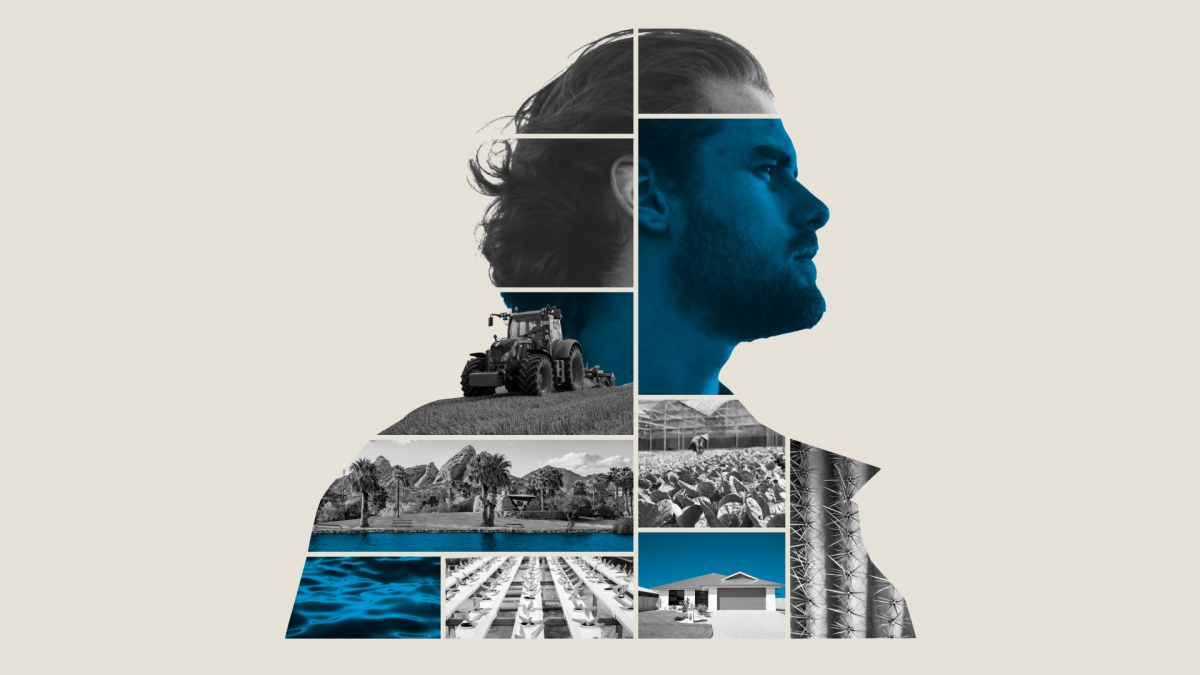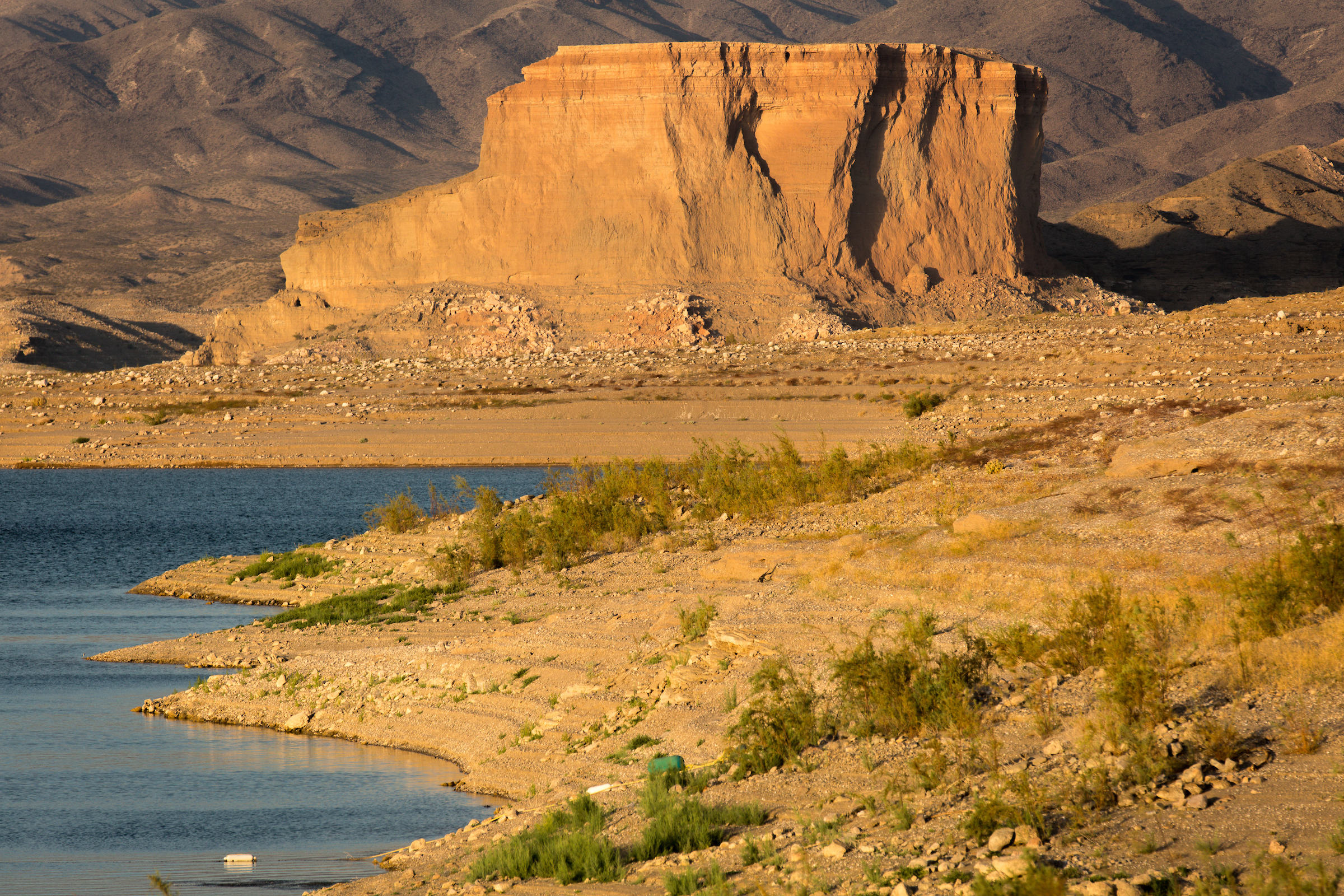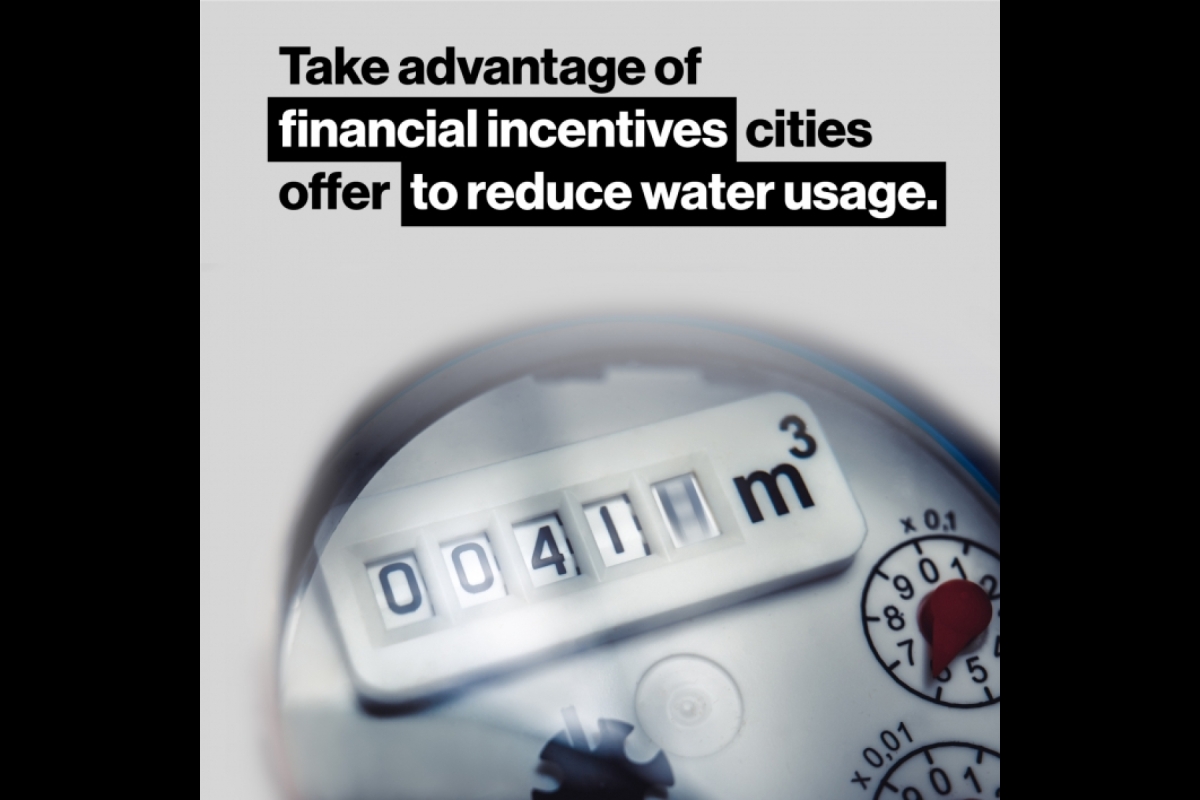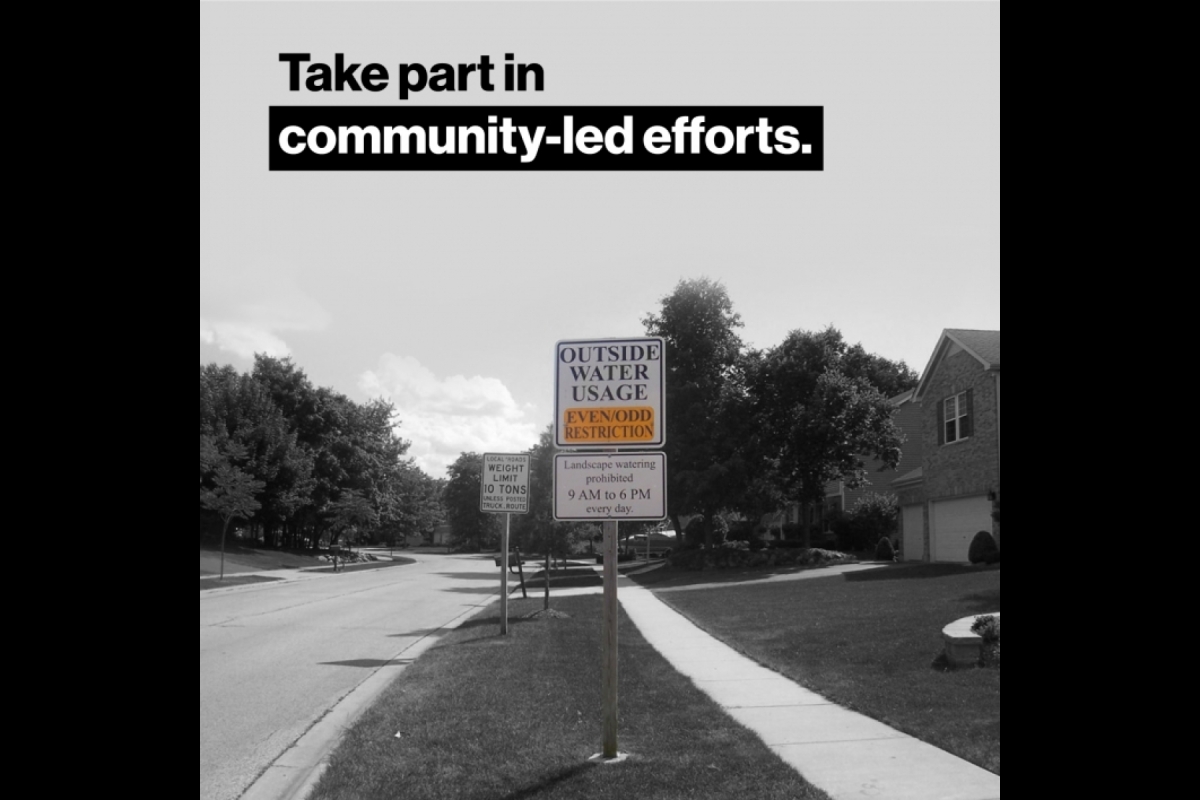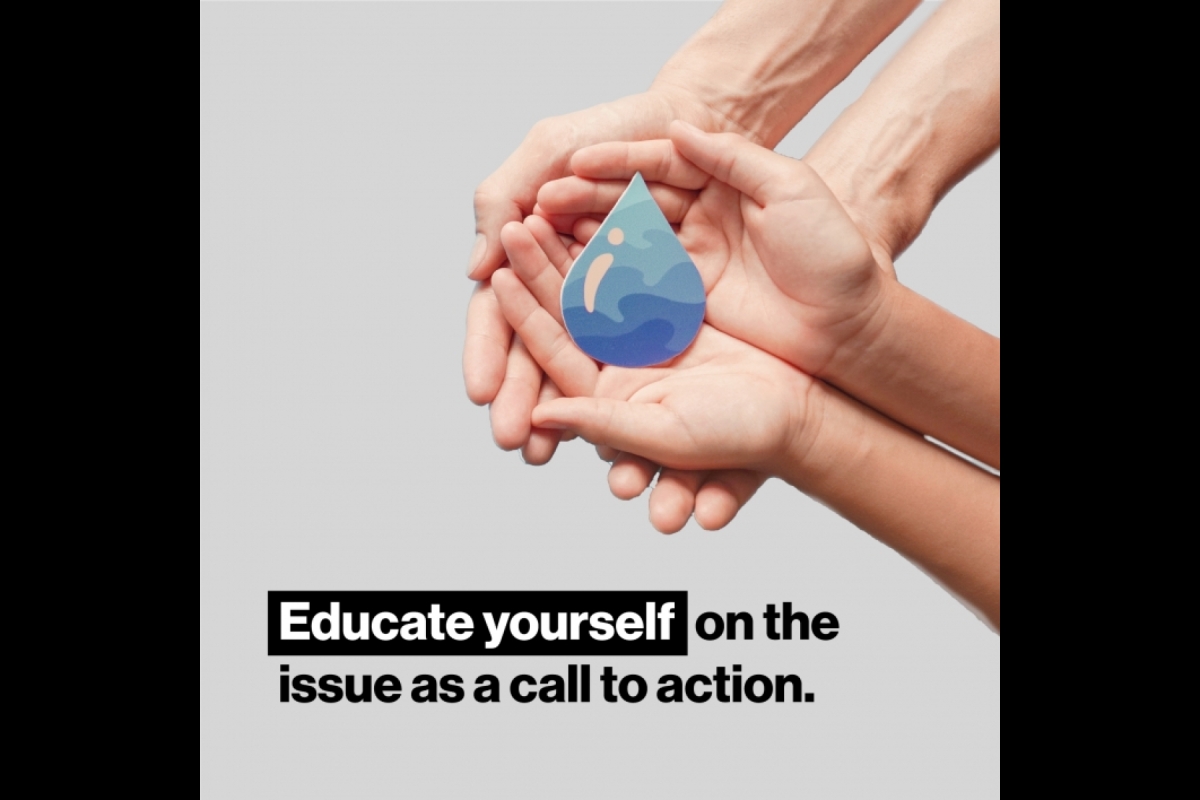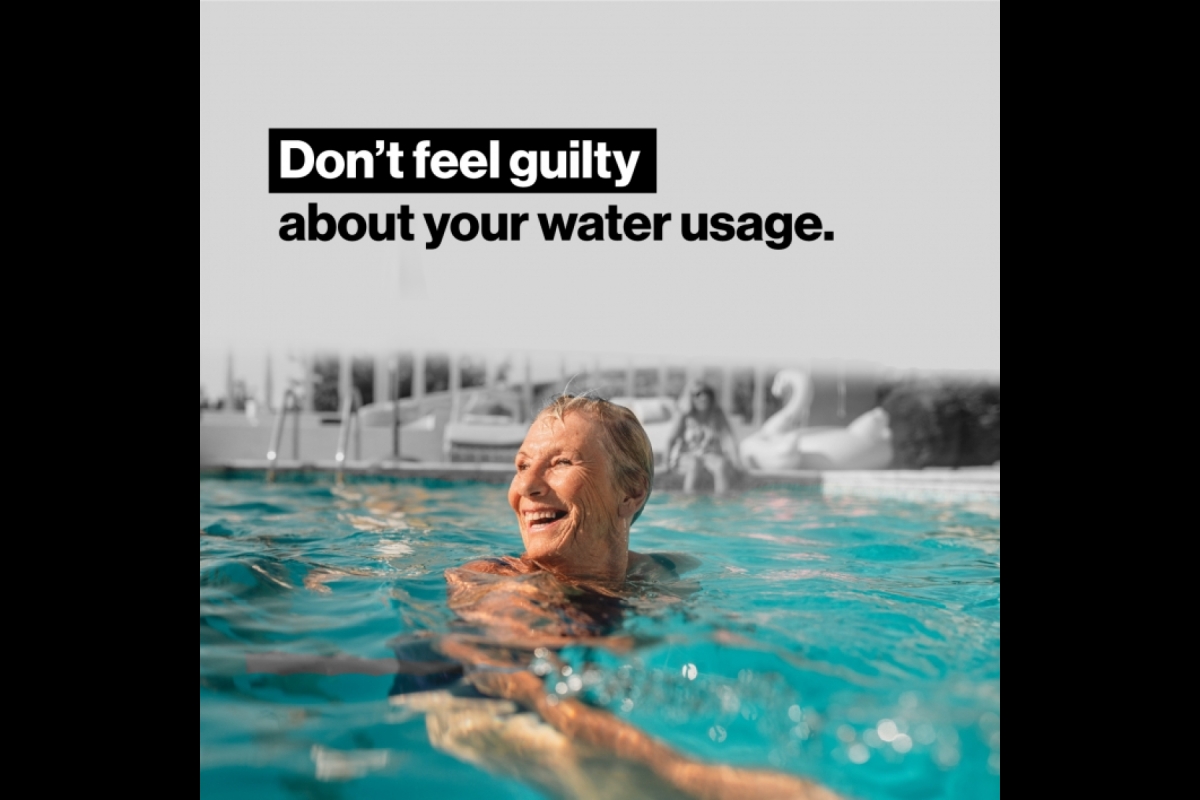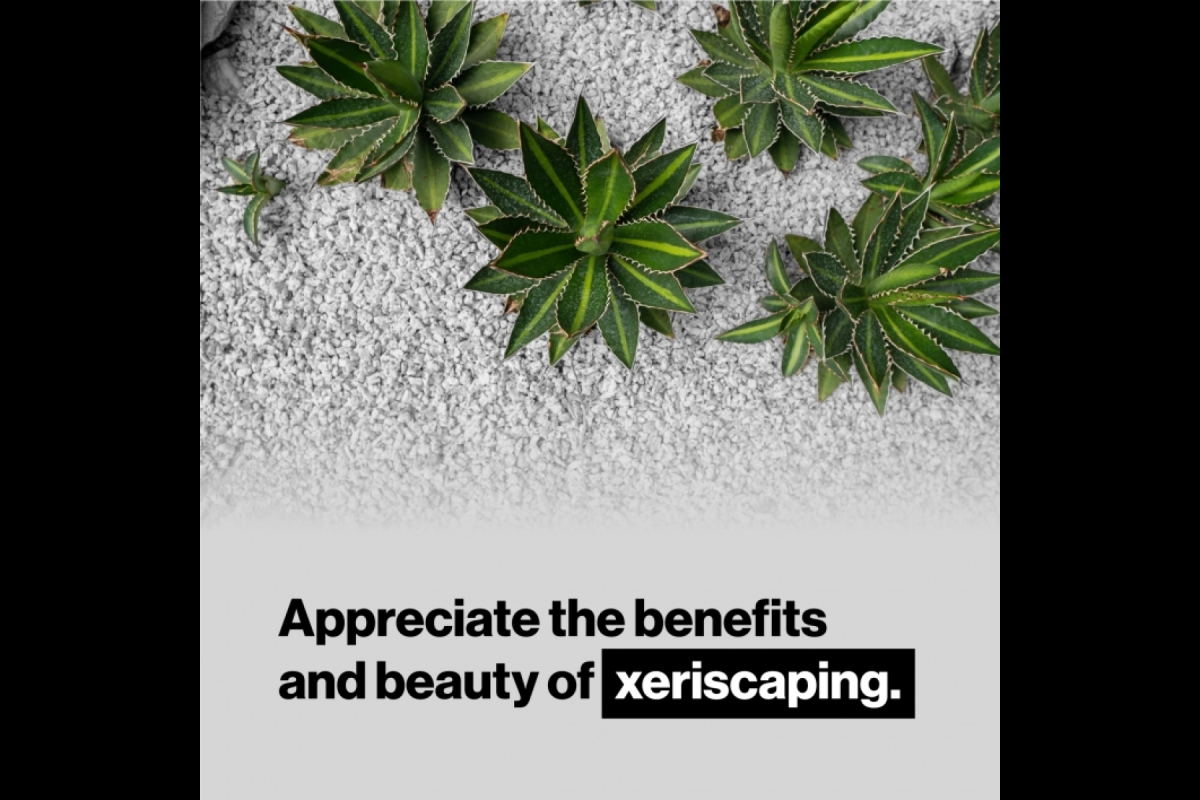Editor's note: This is the second in a three-part series examining water in the Southwest in recognition of the 100th anniversary of the Colorado River Compact. Read the first installment here, and look for the next installment in time for the compact's anniversary near the end of November.
The headline on Aug. 16 was ominous: New water cuts coming for Southwest as Colorado River falls into Tier 2 shortage.
Then came the details – and the really bad news. Arizona will lose approximately 21% of the state’s yearly allotment from the drought-stricken Colorado River.
The cuts, experts said, will dramatically impact agribusinesses, smaller farms and, to varying degrees, cities across the state. Tanya Trujillo, assistant secretary of the Interior Department for water and science, told reporters that without prompt action, the “Colorado River and the citizens that rely on it will face a future of uncertainty and conflict.”
“We have a window of opportunity here,” said Bart Miller, the Healthy Rivers program director for Western Resource Advocates, an organization dedicated to protecting the West’s land, air and water.
“The time is past due to take more aggressive steps. We don’t need federal agencies to come in and do this. States and individuals can take action. And it’s high time to do that."
The water shortage in the West is a big story with wide-ranging implications. But even as dire warnings are sounded, families all over Arizona are watering their grass lawns, taking long showers and doing several loads of laundry each day.
They are not refuting the facts as much as they are asking a simple question: Why should we care?
Receding water reveals decay on the lake bed of Lake Mead, at the Temple Bar Marina, in 2016. Photo by Charlie Leight/ASU News
Agriculture's piece of the pie
Zoom out, and it’s clear where the loss of Colorado River water will have its biggest impact. According to the website arizonawaterfacts.com, agricultural use takes up 72% of Arizona’s Colorado River allotment.
“Cities can reduce their use of Colorado River water, but they cannot reduce their use enough to take care of this problem,” said Sarah Porter, director of Arizona State University’s Kyl Center for Water Policy. “It will fall to agriculture just as a numbers issue.”
It’s a difficult ask, but farmers will have to consider switching to crops that don’t need as much water, said Paul Hirt, an emeritus professor of environmental history at ASU.
For instance, there are more than 250,000 acres of alfalfa grown in Arizona, but it’s also one of the most water-needy commodities. A study in Nature Sustainability found that 32% of Colorado’s water goes to alfalfa crops.
“I think it’s critically important that we have an agricultural economy, but the kind of crops we grow now don’t make any sense,” Hirt said.
“And it’s been extremely difficult to develop policies and incentives to transform the agricultural economy that we have into something more sensible and sustainable and environmentally responsible. … We should not continue farming the way that we are, because it’s not sustainable over the long term. It’s wasteful.”
Cities and municipalities also will have to adjust to the water cuts, but there’s no one-size-fits-all solution because the reliance on Colorado River water differs from city to city.
A “very small” percentage of the city of Buckeye’s water, for example, comes from the Colorado River, according to Terry Lowe, Buckeye’s water resources director.
“Fortunately, the cuts don’t really affect us,” Lowe said.
The city of Tucson, on the other hand, gets about 56% of its water from the Colorado River because it doesn’t have a large in-state surface water supply available, Porter said.
“Each municipality in Arizona has its own water portfolio and its own challenges,” Porter said.
Video by Alex Cabrera/ASU Visual Communications
Still, cities have and are taking steps to reduce their water needs.
Scottsdale has declared a Stage 1 drought, committed to reducing its municipal water use by 5% and asked its residents to cut their use by 5%.
The cities of Mesa, Glendale and Chandler are offering residents financial incentives to transform their lawns into turf or desert landscapes.
“Individual cities have to roll with the punches and have conversations with their constituency,” said Taylor Weiss, an assistant professor in ASU’s environmental and resource management program. “Having voluntary cuts is the easiest thing they can do because they know the second they institute any kind of mandatory cuts, it will be wildly unpopular.”
Now zoom in, past the agricultural farms, large cities and small towns.
Look in the mirror and ask yourself two questions: What can I do? And why should I care?
Why individuals still matter
Every water expert says the same thing: Whatever steps individuals and families take to reduce their water supply — taking shorter showers, ripping out their grass or pools, buying energy-efficient appliances, etc. — will not come close to offsetting the Colorado River cuts.
“There’s just huge systems at play that, as individuals, it’s very hard to do much about,” said Kathleen Merrigan, executive director for ASU’s Swette Center for Sustainable Food Systems. “I’m changing out my landscaping to more of a desert space, which is more appropriate and doesn’t consume the kind of water that (my lawn) is now taking … but it's got to be at a higher level, a policy level, a state or national level, where we can really bring about the kind of large-scale change that we need.”
That reality shouldn’t dissuade people from conserving water, though.
The question is, how do you get them to acknowledge the water shortage and care enough to do something?
Cities could impose mandatory cuts, but that won’t be received well, Hirt said.
“Nobody in this state wants to regulate or ration or tell any water user that they have to cut back,” Hirt added. “That’s just our political culture. In Arizona, when it comes to water, libertarianism has ruled.”
Nor will guilt trips work, said Michelle “Lani” Shiota, an associate professor of social psychology at ASU.
“Guilt is frequently not helpful,” Shiota said. “And shame is certainly not helpful. Because when we feel guilty or ashamed, we have a tendency to just kind of draw into ourselves and hide and feel powerless. And that’s not a constructive response.”
Those urging families and individuals to conserve also run into a hard truth: The creature comforts of home — a long shower, a nice yard, a cool pool on a June evening — take precedent over a problem that’s so big it’s hard to wrap your arms around.
“Now, it’s how important is this want versus this want,” Shiota said. “And one of those wants is immediate. It reflects my basic sense of comfort and enjoyment and security in life. It involves habits that are built up over decades that are very difficult to change.
“So that’s really what we’re up against. We’re up against a tension that people really experience between what they do that is habitual and enjoyable and rewarding for their lives versus a very abstract in the future.”
It’s incumbent that the request to save water is framed from a community rather than an individual or family perspective. Individuals are hesitant to change their habits if they feel no one around them is doing the same.
In psychology, Shiota said, that’s called a social dilemma.
But if individuals or families know that others in their community are trying to conserve, they’ll be more willing to join in.
Shiota used a recycling analogy to illustrate what has been gleaned from psychological experiments: One of the biggest predictors of people’s behavior is what they think others are doing.
“Am I the only person who’s bothering to rinse out the little plastic cups with salad dressing in them? Or is this actually something that other people are doing too?” Shiota said. “Because if I’m the only one doing it, I feel like an idiot. But if everybody’s doing it, hey, collectively, maybe we make a difference.”
So how does a state, city or town convince its community to take up the cause?
Shiota said the messaging has to be more personal because terms like “gallons per acre-foot” or “21% loss” are too abstract.
Instead, point out — if true, of course — that in five years, boaters will not be able to use Lake Mead. Or tell stories of farmers that are losing their crops and their livelihood.
“What’s happening to relatable people is more likely to mean something,” she said.
Shiota also believes it’s crucial that a negative — the loss of Colorado River water — is turned into a positive. Instead of warning people about the future, show them how they can make a difference, no matter how small.
“This is where prioritizing the message is really important,” Shiota said.
“One thing in behavior change that’s increasingly becoming evident is how much the feeling of reward can do. But there are a couple caveats on that. It can’t be a long-term, distal reward. Those aren’t very motivating. You have to find a way to get that positive emotion in the moment of the decision.
“… If we want people to give up their lawns, don’t talk about the water benefits of giving up your lawn. Talk about the aesthetic benefits of going to xeriscaping.”
In the end, Shiota said, it’s about telling people they have the power to make a difference. It’s a two-punch message.
“Punch one is the urgency,” Shiota said. “This is bad right now, and it’s only going to get worse.
“But punch two is that you can do something. ‘Here’s what you can do. Look how easy this is. Here’s a person who did it, and look how happy they are with it.’”
The series
- Part 1: The history of the Colorado River Compact and how we got here.
- Part 3: The future of water in the Southwest.
Graphics by Alex Cabrera and Chad Musch/ASU Media Relations.
More Science and technology

Breakthrough copper alloy achieves unprecedented high-temperature performance
A team of researchers from Arizona State University, the U.S. Army Research Laboratory, Lehigh University and Louisiana State University has developed a groundbreaking high-temperature copper alloy…

4 ASU researchers named senior members of the National Academy of Inventors
The National Academy of Inventors recently named four Arizona State University researchers as senior members to the prestigious organization.Professor Qiang Chen and associate professors Matthew…

Transforming Arizona’s highways for a smoother drive
Imagine you’re driving down a smooth stretch of road. Your tires have firm traction. There are no potholes you need to swerve to avoid. Your suspension feels responsive. You’re relaxed and focused on…


